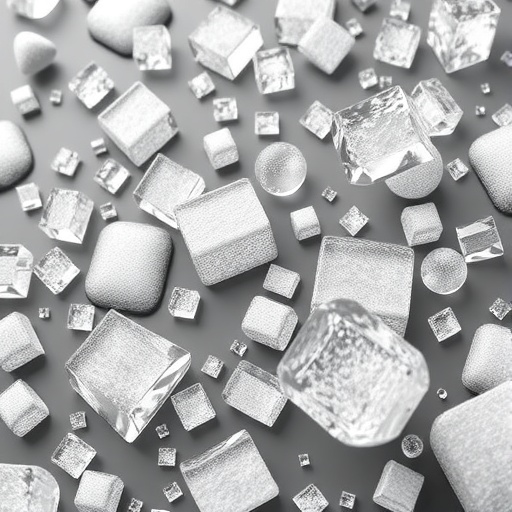Aliphatic organic compounds – carbon-based building blocks that may have a role in the chemistry that creates life – have been detected for the first time on Ceres, an asteroid and dwarf planet, a new study reveals. What's more, the data indicate that the organic material formed on the asteroid itself, rather than being deposited from another source. Here, Maria Cristina De Sanctis and colleagues used the Visible and InfraRed Mapping Spectrometer on the Dawn spacecraft to observe Ceres' surface near a crater called Ernutet. The instrument detected absorption at wavelengths that are characteristic of the methyl and methylene groups present in aliphatic organic matter. Although the data are not sufficient to determine the exact molecular compounds present, they match tar-like minerals such as kerite or asphaltite. These compounds are unlikely to have been delivered from an exterior source in an impact, the authors say, because the extreme heat from an impact would have destroyed these types of compounds, and also, the surface distribution is not what would be expected should their source be an external body. Because Ceres hosts large quantities of water and may have retained internal heat from its formation period, these organic compounds probably developed within the planetary body. In a related Perspective, Michael Küppers discusses recent discoveries of water and complex molecules on Ceres.
###
Media Contact
Science Press Package
[email protected]
202-326-6440
@AAAS
http://www.aaas.org
############
Story Source: Materials provided by Scienmag




